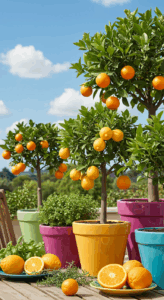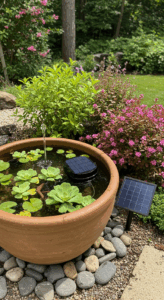1. Lettuce: The Leafy Marvel That Just Keeps Growing
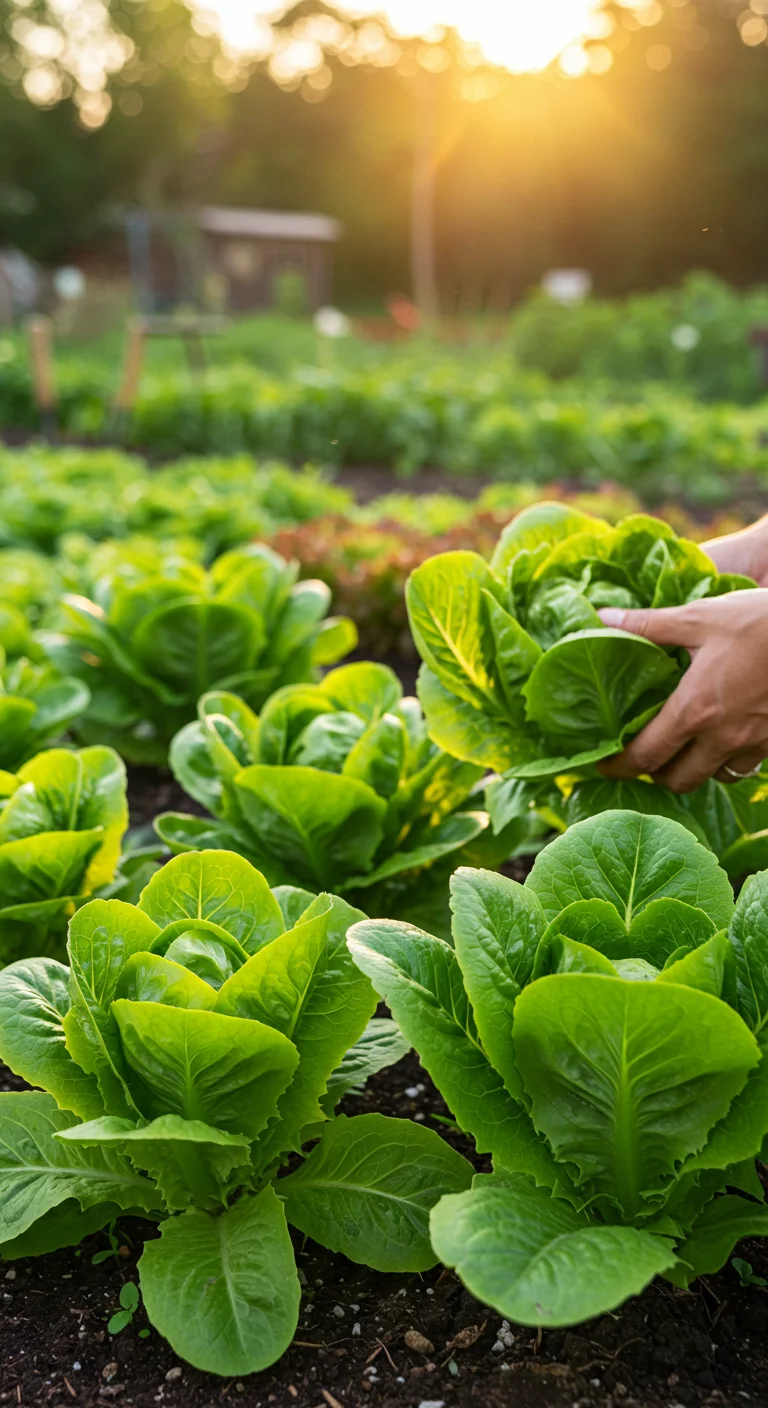
Lettuce is one of the quintessential cut-and-come-again vegetables, providing a continuous harvest with minimal effort. When you harvest the outer leaves, the inner leaves remain intact and continue to grow, allowing you to enjoy fresh salads for weeks. To maximize your yield, choose varieties such as Butterhead or Romaine, which are known for their ability to regenerate. Planting lettuce in well-draining soil with adequate sunlight will ensure healthy growth. Keep the soil consistently moist, and consider staggering your planting every couple of weeks to maintain a steady supply. With simple care and timely harvesting, you can transform your garden into a never-ending source of this leafy marvel, making it an essential addition to any home vegetable patch.
2. Spinach: Popeye’s Secret to Endless Harvests
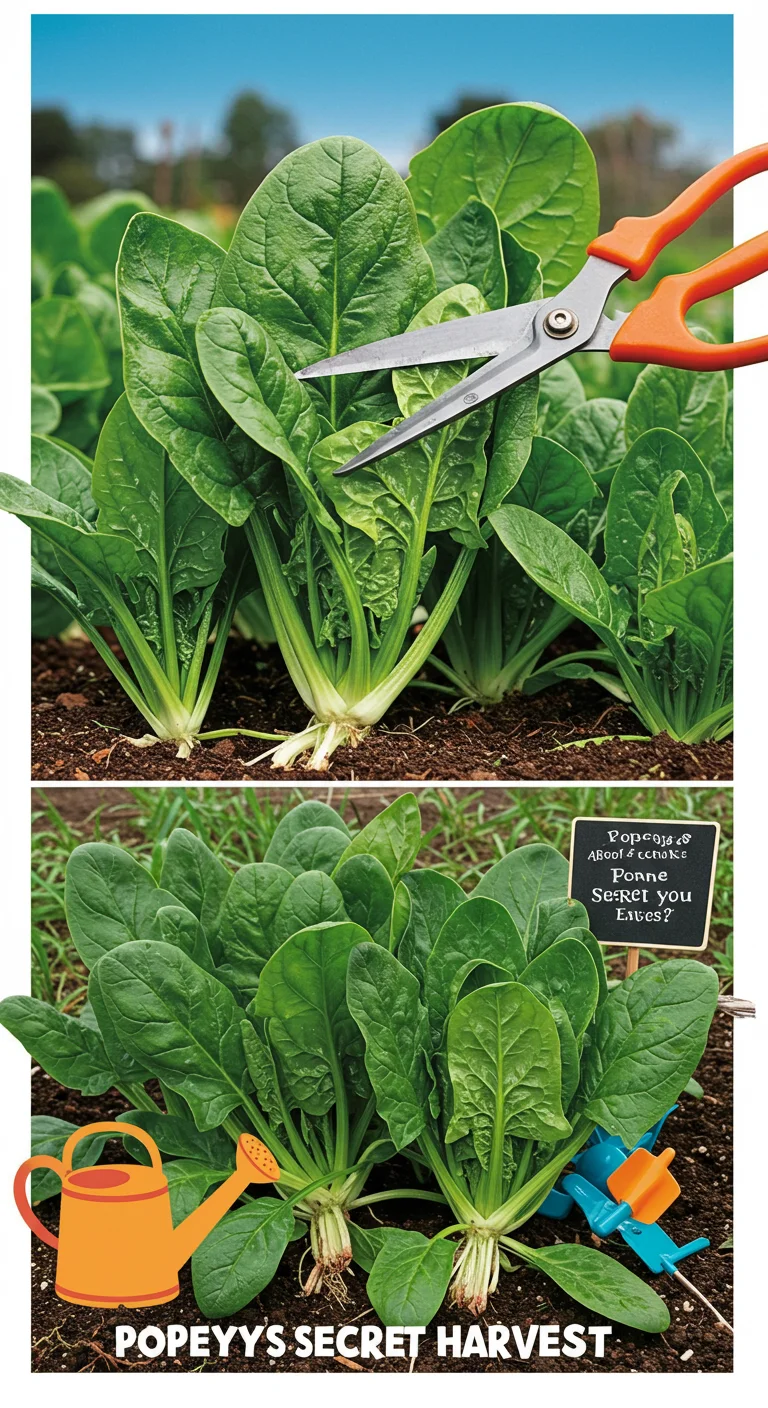
Spinach, often hailed as Popeye’s secret to strength, is not just a nutritious leafy green but also a resilient cut-and-come-again vegetable that can provide a continuous harvest. When you harvest spinach, you can simply trim the outer leaves while allowing the inner leaves to flourish, ensuring a steady supply of fresh greens over weeks. Ideal for cooler weather, spinach thrives in well-drained soil rich in organic matter. Regular watering and a balanced fertilizer will keep your plants healthy and productive. With several varieties, including savoy, flat-leaf, and baby spinach, you can enjoy diverse textures and flavors. Whether used in salads, smoothies, or cooked dishes, growing spinach in your garden or containers will ensure you have a constant supply of this superfood all season long.
3. Kale: The Nutrient Powerhouse You Can’t Stop Picking
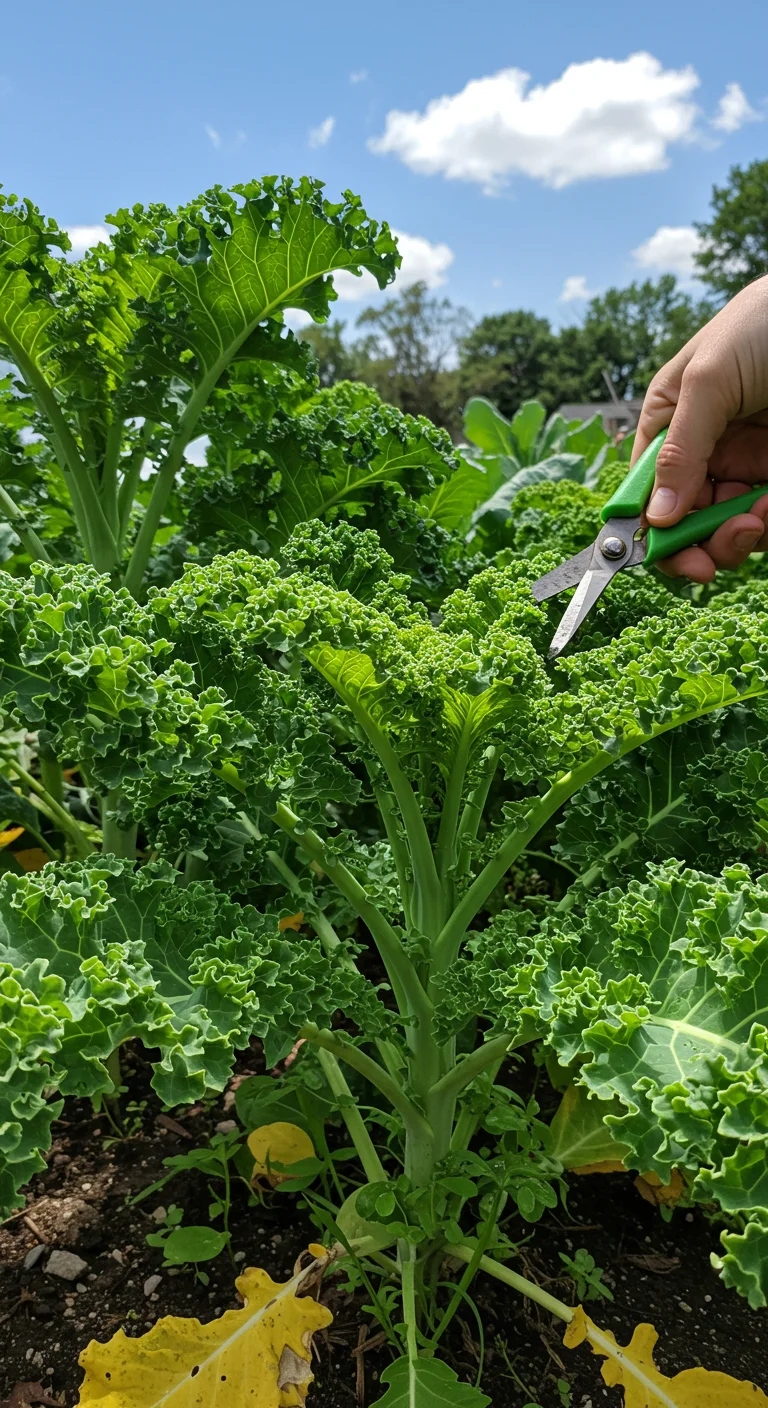
Kale is often hailed as a superfood, and for good reason. This leafy green is not only rich in essential vitamins like A, C, and K, but it also offers a powerhouse of minerals such as calcium and iron. What makes kale particularly appealing for home gardeners is its ability to be harvested multiple times throughout the growing season. By using the cut-and-come-again method, you can snip off the outer leaves while allowing the inner leaves to continue growing, ensuring a continuous supply of fresh greens. Kale thrives in cooler temperatures, making it a perfect choice for spring and fall planting. Regular harvesting encourages new leaf growth, which means you’ll have a bountiful supply of this nutrient-dense vegetable at your fingertips all season long. Incorporate kale into salads, smoothies, or sauté it as a side dish for a healthy boost to your meals.
4. Swiss Chard: Colorful Leaves for Continuous Bounty
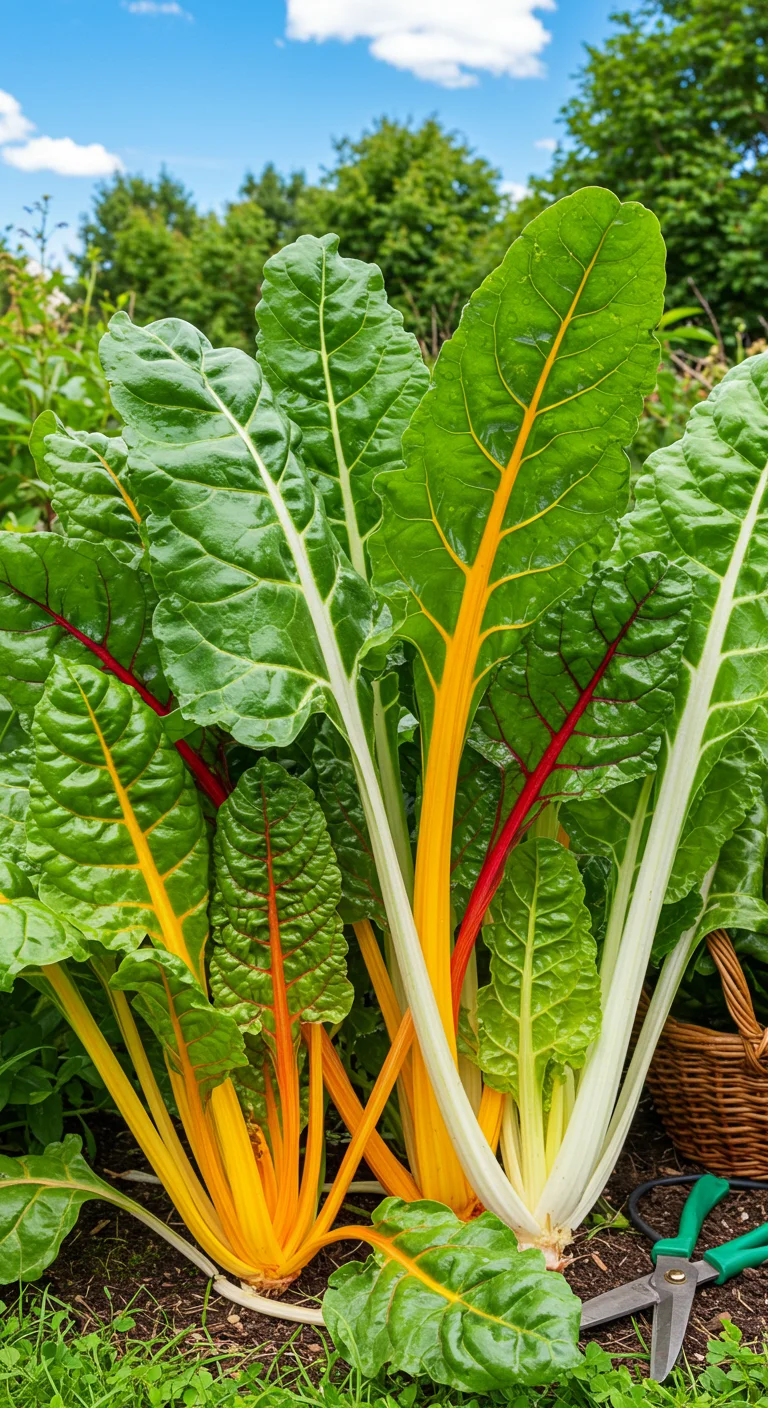
Swiss chard is a vibrant leafy green that thrives in various climates, making it an excellent choice for continuous harvesting. This nutrient-rich vegetable features striking red, yellow, and white stems, adding a splash of color to your garden and plate. To enjoy a steady supply, simply harvest the outer leaves while allowing the inner leaves to grow. Swiss chard is not only resilient but also highly nutritious, packed with vitamins A, C, and K, as well as minerals like magnesium and iron. It can be used in a variety of dishes, from salads to sautés, and its mild, slightly earthy flavor complements many recipes. With proper care, Swiss chard can produce an abundant harvest throughout the growing season, ensuring you have fresh greens on hand for countless meals.
5. Green Onions: Flavorful Foliage at Your Fingertips
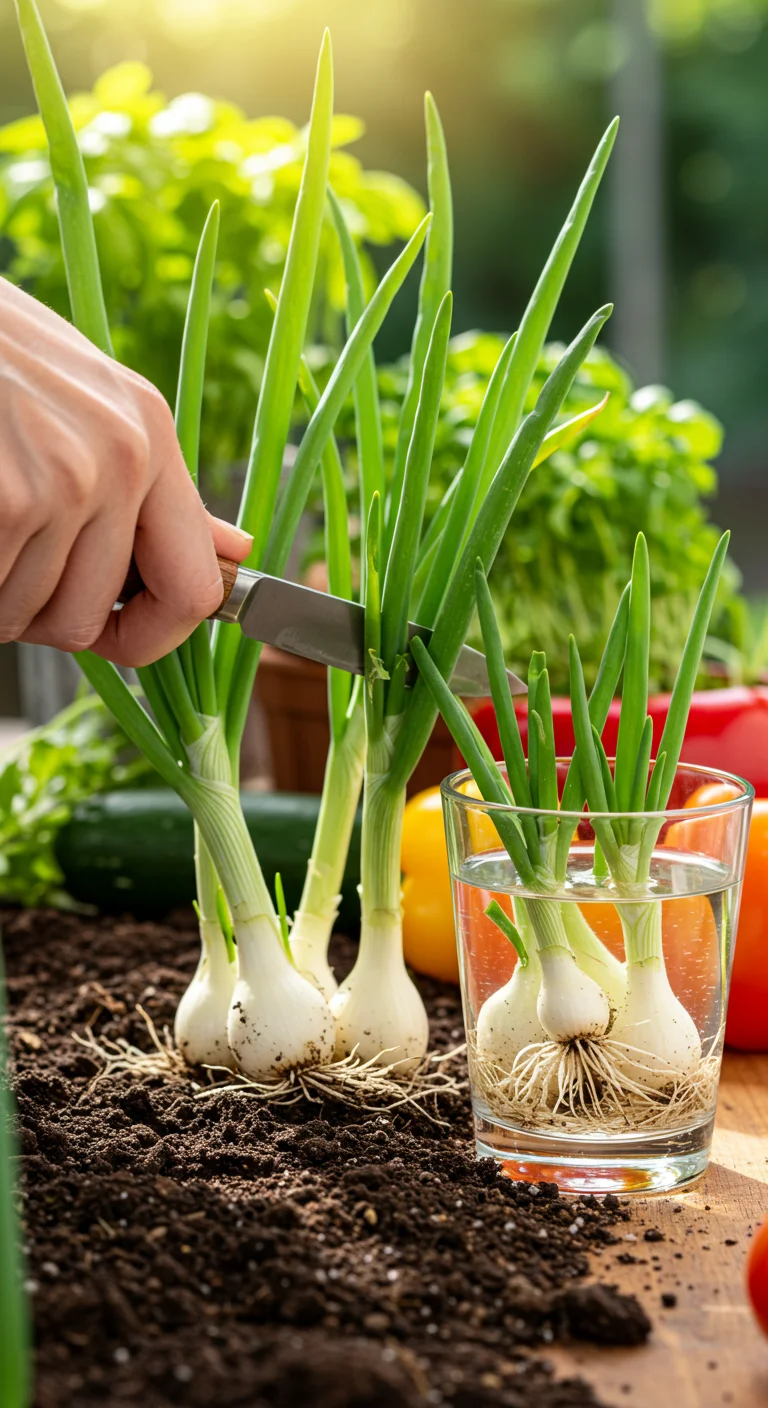
Green onions, also known as scallions or spring onions, are a fantastic addition to any garden or kitchen due to their mild, yet flavorful profile and ease of growth. Simply cut off the green tops for culinary use, and they will rapidly regrow from the white base left in the soil or even in a glass of water on your windowsill. This fast-growing vegetable thrives in well-drained soil and prefers full sun, making it ideal for home gardens or container gardening. Regular watering and a little fertilizer can enhance growth, ensuring you have a continuous supply of fresh green onions at your fingertips. Incorporate them into salads, soups, or as a garnish to elevate your dishes, all while enjoying the benefits of a cut-and-come-again vegetable that keeps giving.
6. Basil: The Aromatic Herb That Regrows with Ease
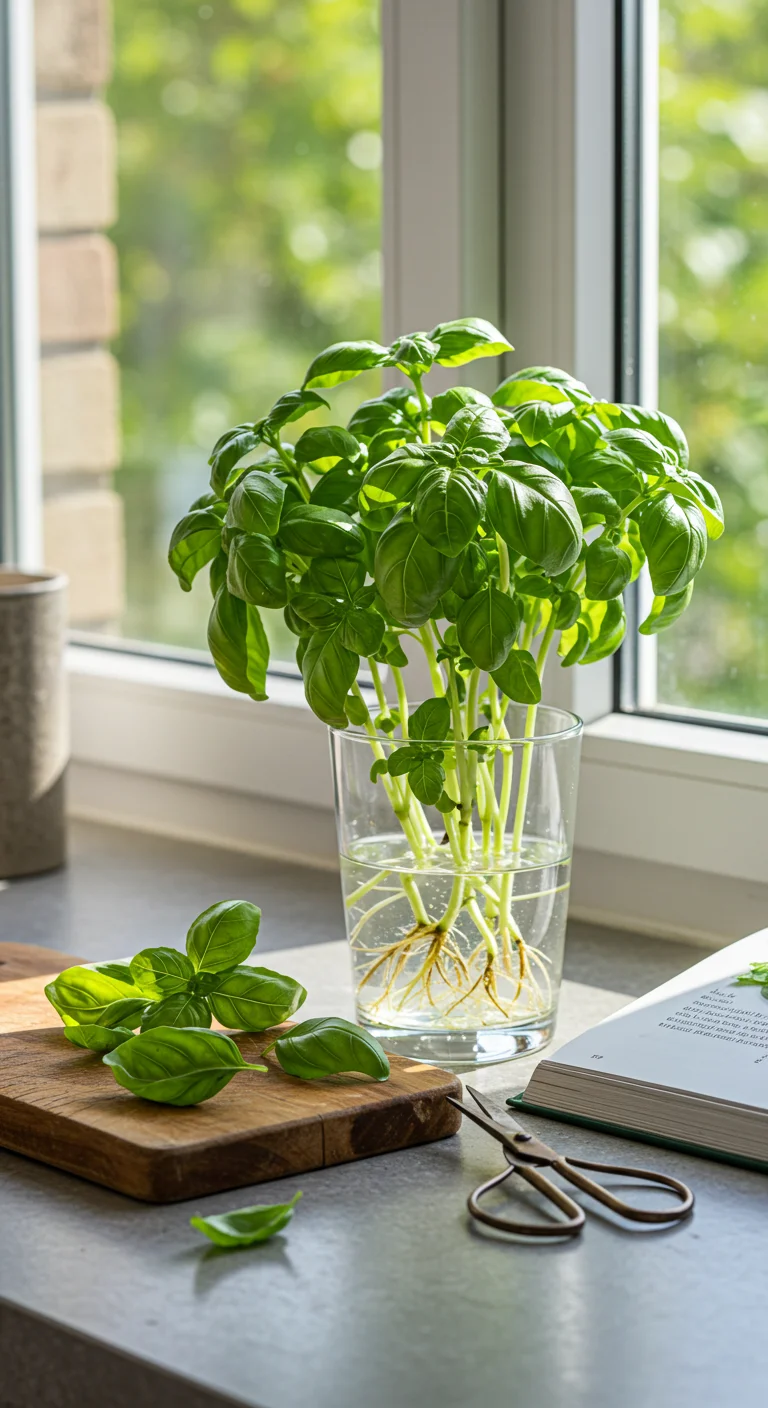
Basil is not only a beloved culinary herb known for its fragrant leaves and versatility in dishes, but it also boasts the remarkable ability to regrow from cuttings. To cultivate your basil, simply harvest the top leaves, ensuring you leave at least a few inches of stem intact. Place the cuttings in a glass of water, ensuring the lower nodes are submerged, and position them in a bright spot with indirect sunlight. Within a week or two, you’ll begin to see roots develop, indicating that it’s time to either plant them in soil or continue growing them in water. Regular harvesting encourages bushier growth, providing you with a continuous supply of fresh basil for your culinary creations. This easy-to-regrow herb is perfect for windowsills and small gardens, making it an ideal choice for any home cook looking to enjoy the benefits of fresh herbs year-round.
7. Cilantro: Fresh Flavor, Ready for Reaping

Cilantro, also known as coriander, is a versatile herb that thrives in various climates and can be harvested multiple times throughout the growing season. This cut-and-come-again plant offers a fresh, zesty flavor that enhances a wide array of dishes, from salsas to salads. To cultivate cilantro successfully, sow seeds directly in well-draining soil, ensuring they receive plenty of sunlight and regular water. When the plants reach about six inches in height, you can begin to snip off the outer leaves, allowing the inner leaves to continue growing. This method not only provides a continuous supply of fresh cilantro but also encourages the plants to grow bushier. With proper care, you can enjoy cilantro’s vibrant flavor and aroma in your meals for months on end.
8. Mint: The Invincible Herb with a Refreshing Taste
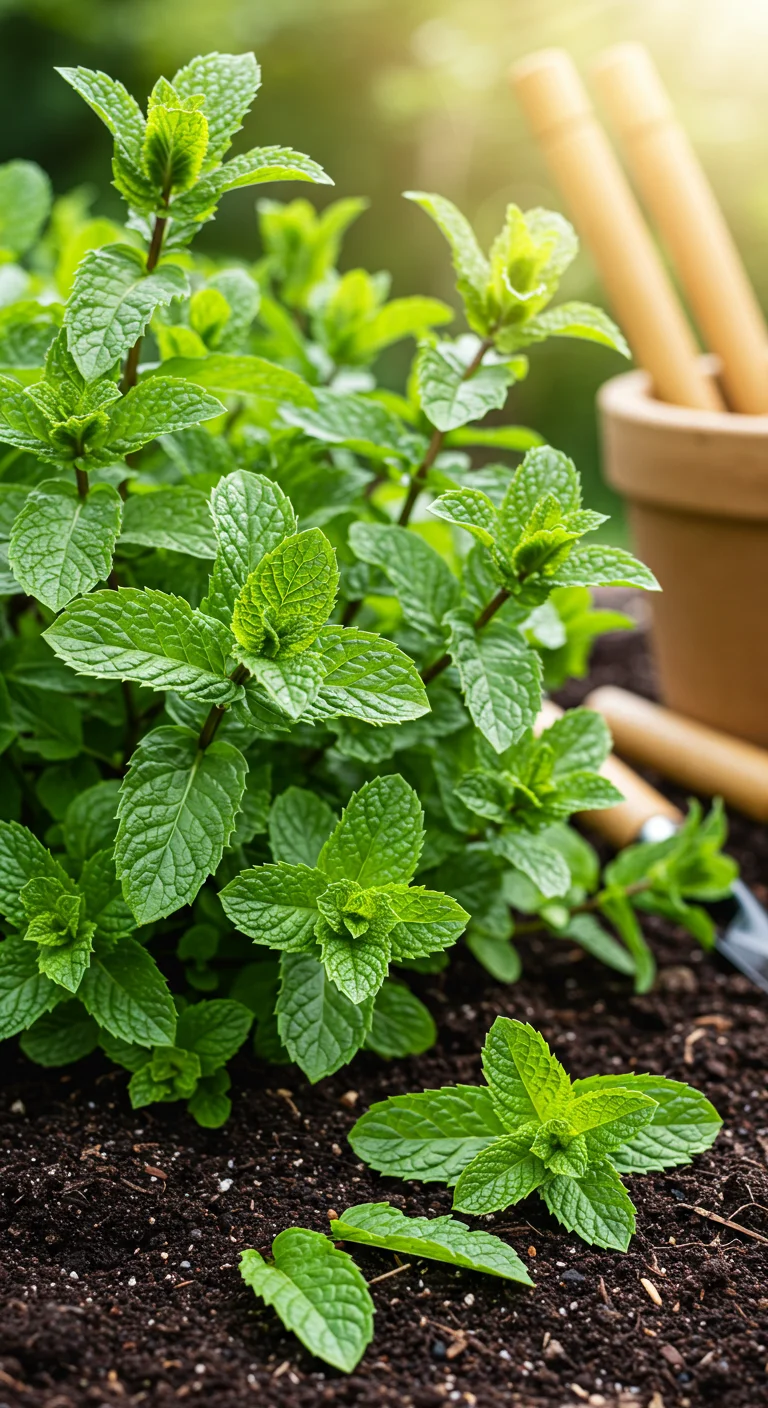
Mint is an incredibly versatile herb that thrives in various climates and can be harvested continuously throughout the growing season. Known for its invigorating aroma and refreshing taste, mint can enhance dishes, teas, and cocktails. To grow mint successfully, plant it in a partially shaded area with rich, moist soil, as it prefers these conditions. Regularly trimming the leaves not only encourages bushier growth but also prevents the plant from flowering, which can diminish the flavor. As a cut-and-come-again veggie, you can harvest mint leaves as needed, ensuring a steady supply for culinary uses or garnishes. Additionally, mint is resilient, adapting well to containers, making it a perfect choice for both garden beds and patios, providing a continuous source of fresh flavor for your meals.
9. Thyme: A Culinary Companion That Just Won’t Quit
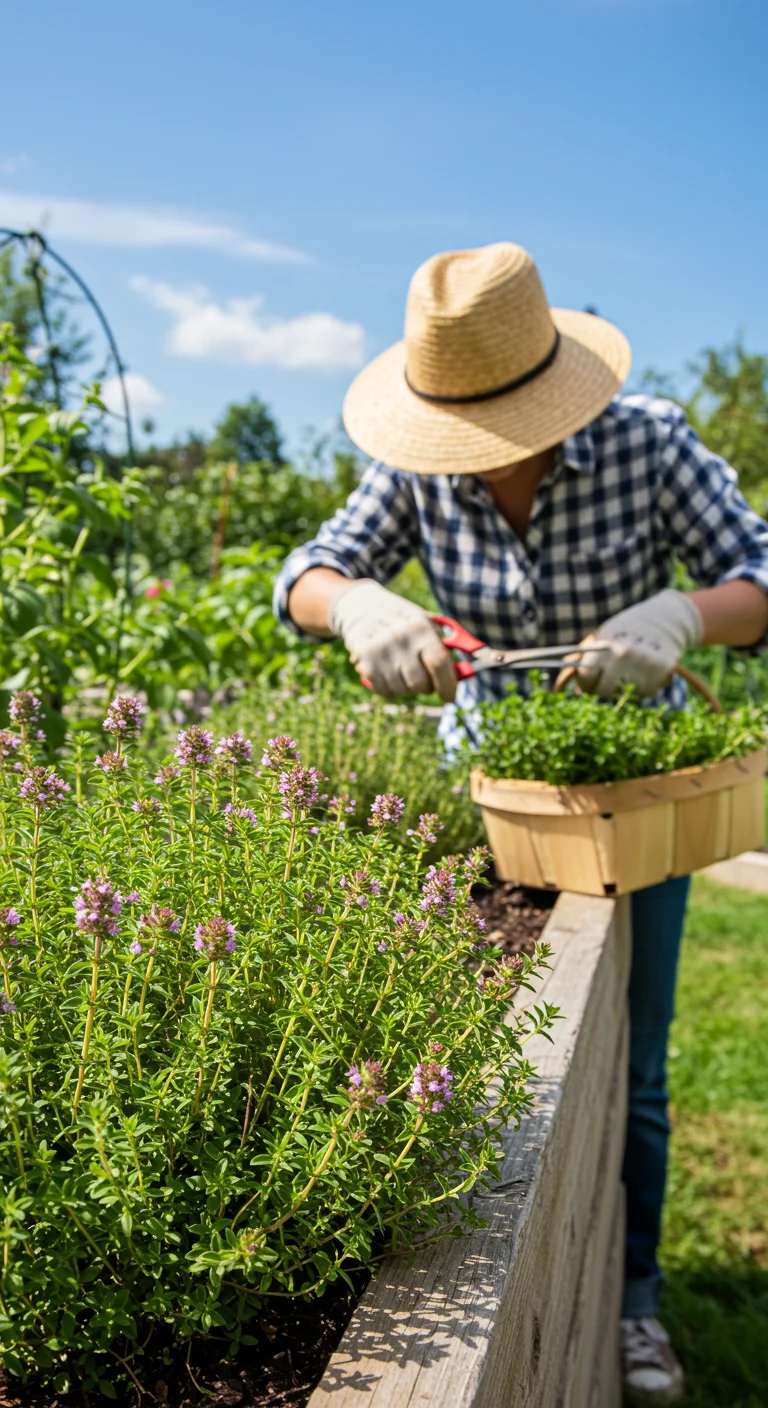
Thyme is an incredibly versatile herb that not only enhances the flavor of numerous dishes but also boasts remarkable cut-and-come-again qualities, making it an ideal choice for home gardeners. With its tiny, fragrant leaves, thyme can be harvested continuously throughout the growing season; simply snip off what you need and the plant will quickly regrow. Thriving in well-drained soil and sunny locations, it requires minimal care and is drought-resistant, making it perfect for busy gardeners. Additionally, thyme pairs beautifully with a variety of foods, from roasted vegetables to meats and soups, ensuring that you always have a fresh herb at hand to elevate your culinary creations. Incorporating thyme into your garden not only guarantees an endless supply of flavor but also adds a lovely aesthetic to your outdoor space.
10. Oregano: The Resilient Herb for Year-Round Use
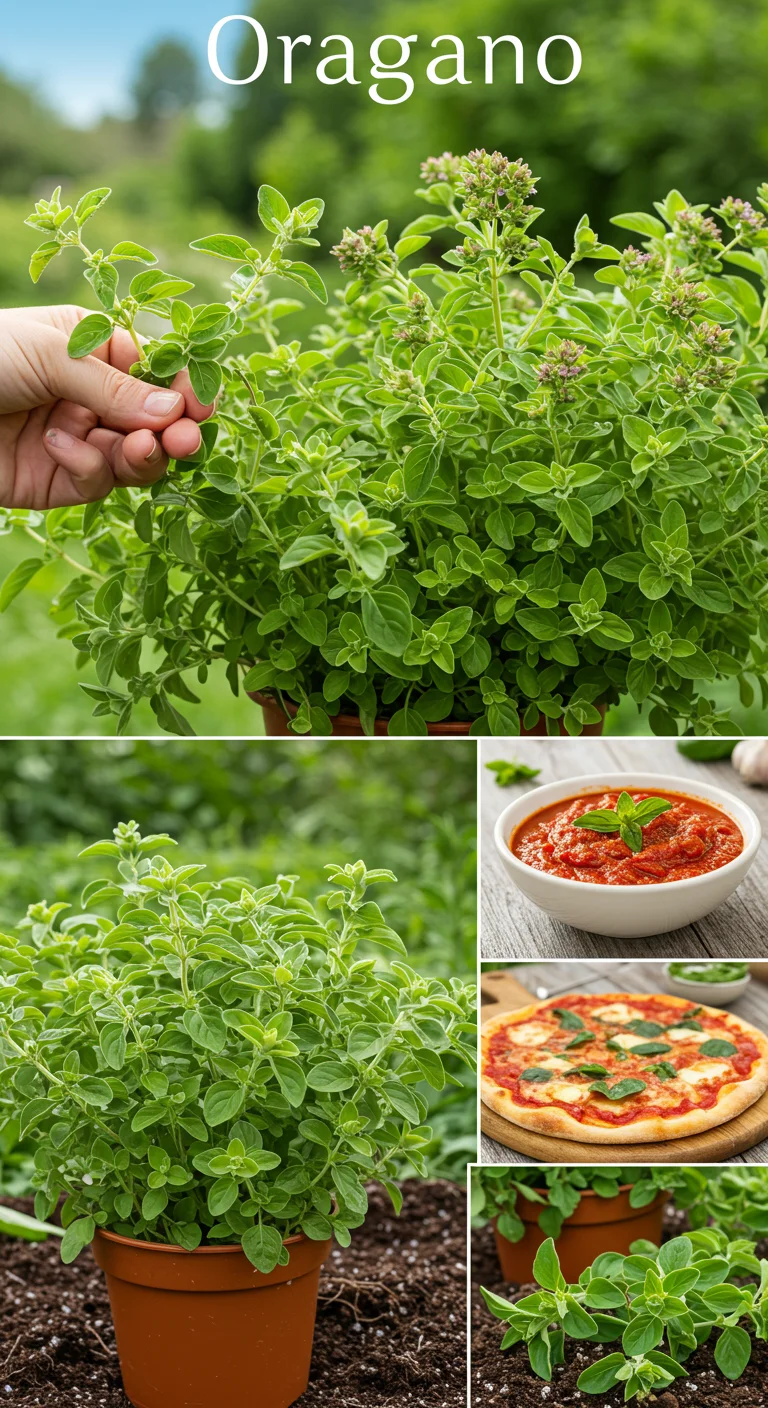
Oregano is a hardy herb that thrives in various climates, making it an excellent choice for year-round gardening. This perennial plant can be grown both indoors and outdoors, allowing for continuous harvests throughout the seasons. To maximize your oregano yield, regularly pinch back the stems to encourage bushier growth and prevent flowering, which can diminish flavor. Oregano prefers well-drained soil and full sunlight, and with proper care, it can produce fresh leaves for culinary use all year long. Whether you’re adding it to sauces, pizzas, or herbal infusions, this resilient herb is a must-have in any kitchen garden, ensuring an endless supply of flavor at your fingertips.
11. Broccoli: The Superfood That Grows Back Stronger

Broccoli is not just a nutritious powerhouse, but also a remarkable cut-and-come-again vegetable that can provide fresh greens throughout the growing season. When you harvest broccoli, you can cut the heads while allowing the side shoots to continue growing, leading to multiple harvests from a single plant. For optimal results, it thrives in cooler temperatures and requires well-draining soil enriched with compost. After the main head is harvested, ensure to keep the plant well-watered and fertilized to encourage the development of these side shoots. This means you can enjoy a continuous supply of tender broccoli florets for stir-fries, salads, and steaming, all from the same plant. With a little care, your broccoli can keep producing for weeks, making it a sustainable choice for home gardeners looking to maximize their yields.
12. Celery: Crunchy Stalks That Keep Coming Back
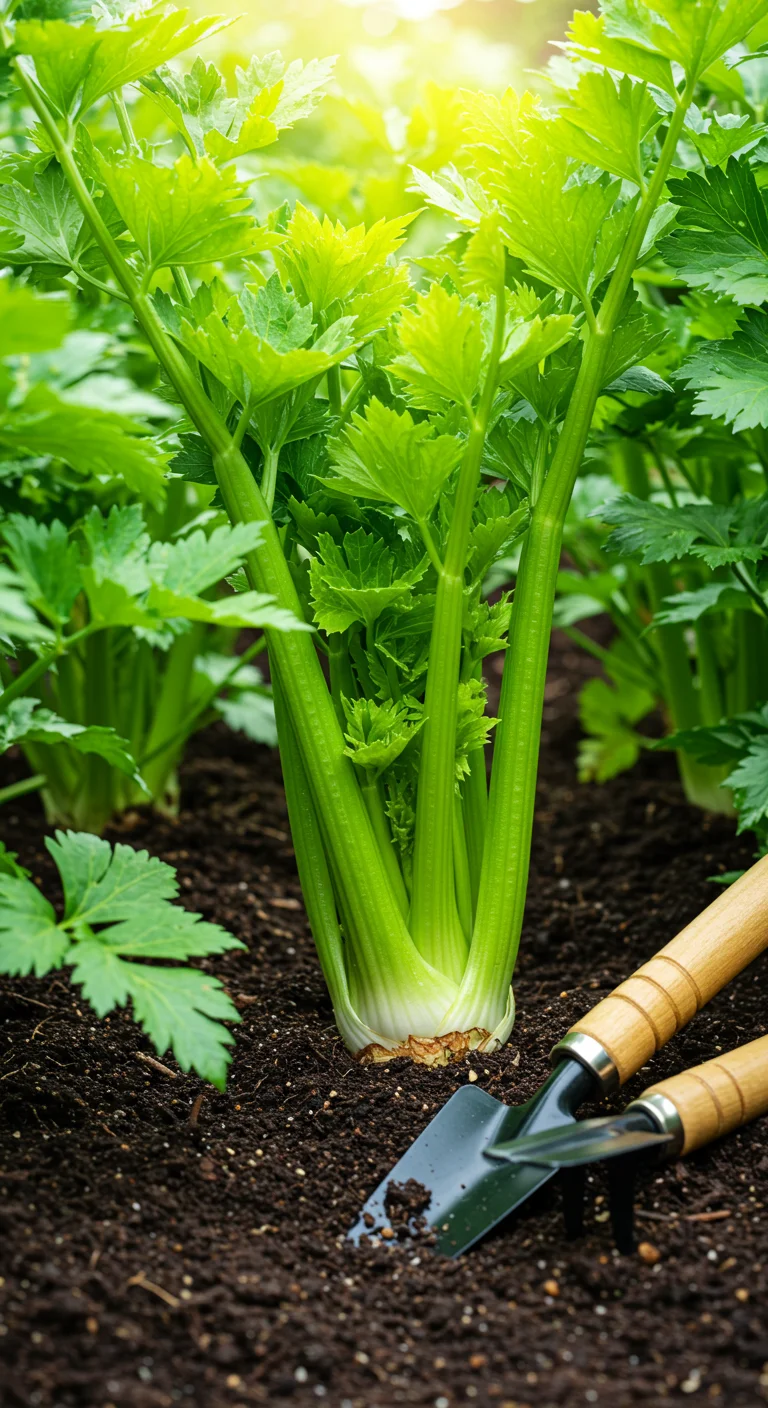
Celery is an ideal cut-and-come-again vegetable that thrives in various climates, making it a favorite for home gardeners. To grow your own sustainable supply, simply plant celery seeds or purchase young celery plants. When harvesting, cut the outer stalks at the base, allowing the inner stalks to continue growing. This method not only provides a continuous supply of fresh, crunchy celery for salads and snacks but also encourages the plant to produce more stalks over time. Celery prefers well-drained soil and consistent moisture, so be sure to keep the soil evenly watered. With a little patience and care, you can enjoy an endless harvest of this nutritious vegetable throughout the growing season.
13. Radishes: Quick-Growing Roots for Repeated Harvests
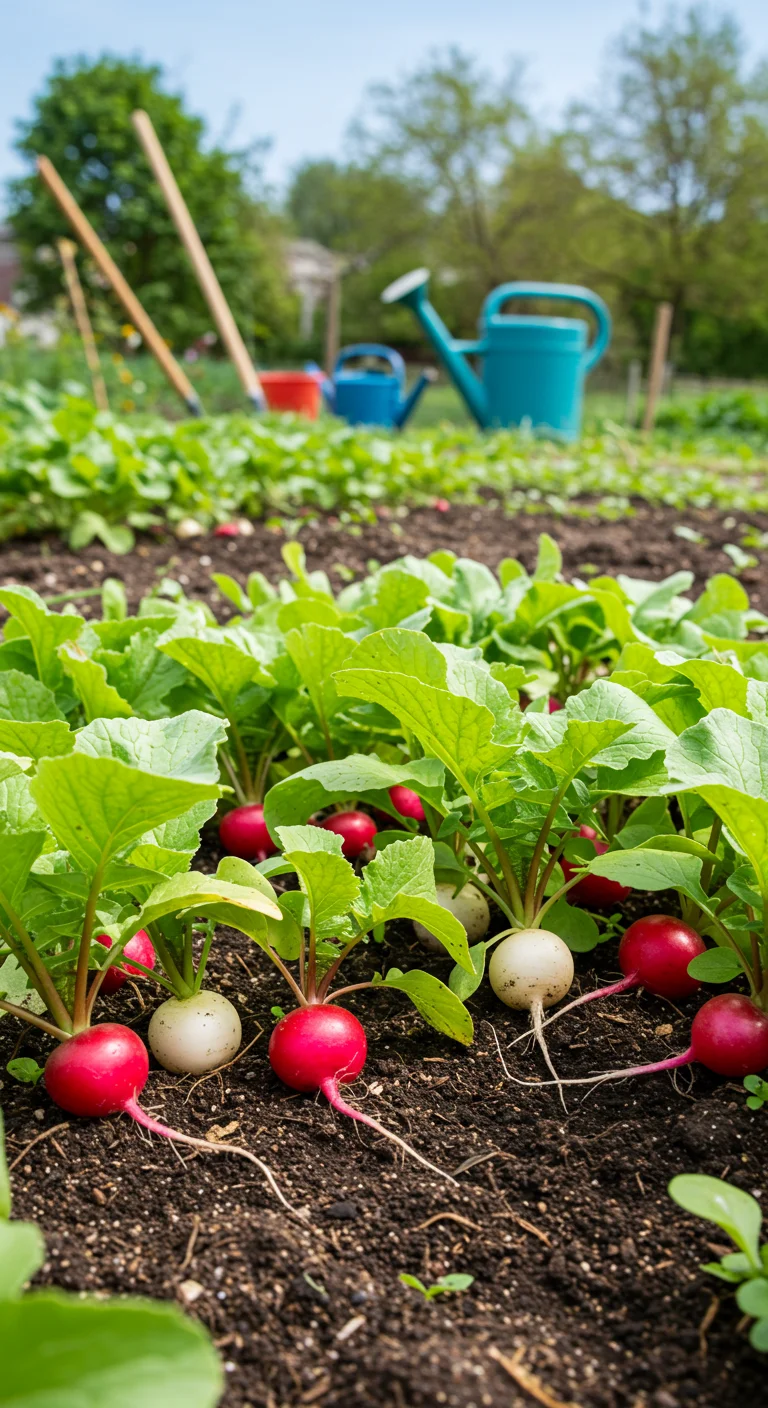
Radishes are an excellent choice for gardeners seeking quick-growing vegetables that can be harvested multiple times throughout the season. With a short maturation period of just 3 to 4 weeks, these root vegetables can be sown in succession every few weeks for a continuous supply. Opt for varieties like ‘Cherry Belle’ or ‘French Breakfast’ for vibrant colors and crisp textures. They thrive in well-drained soil and can be planted in early spring or fall, making them versatile for different climates. To ensure optimal growth, thin seedlings to give them enough space, and keep the soil consistently moist. With proper care, you can enjoy fresh radishes in salads or as a crunchy snack, all season long!
14. Peas: Sweet Pods That Keep On Giving
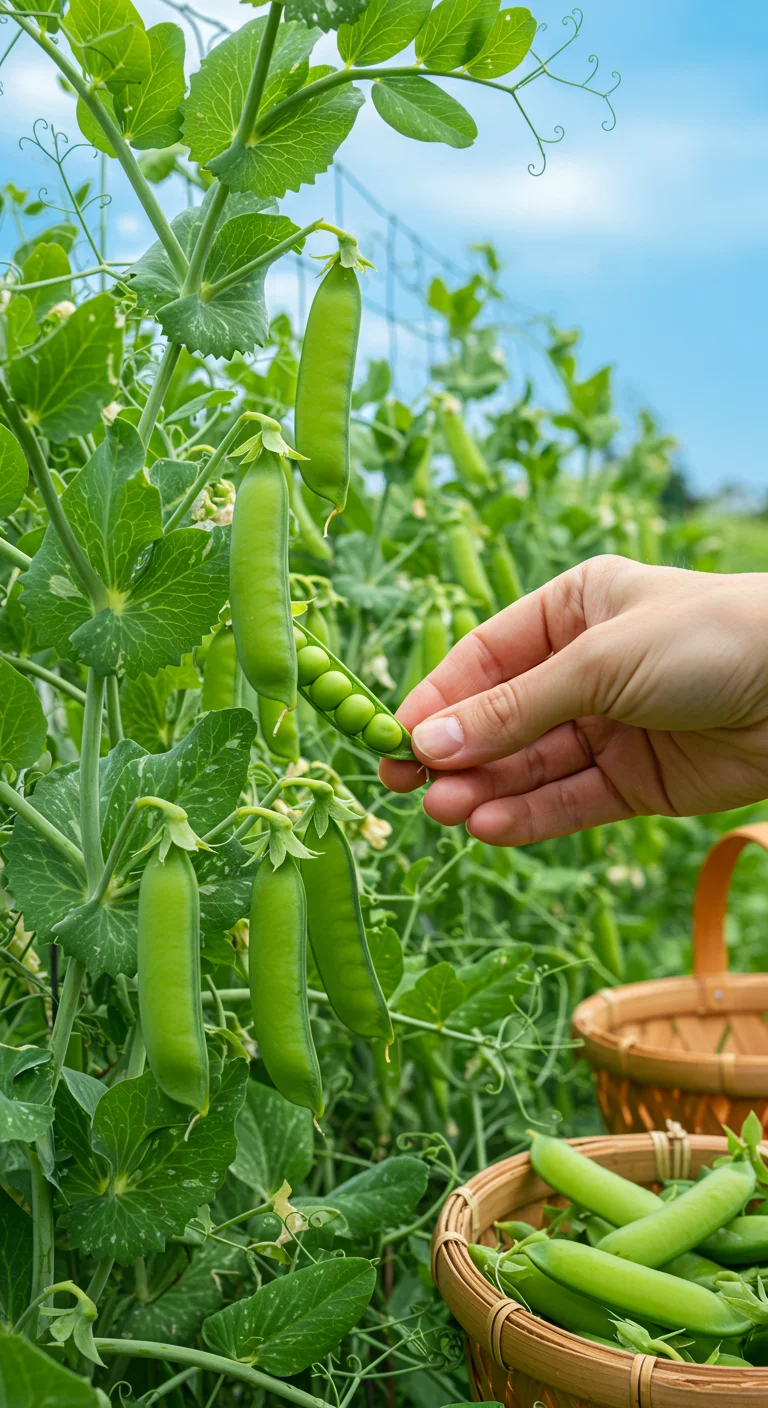
Peas are a delightful addition to any garden, offering sweet, tender pods that can be harvested multiple times throughout the growing season. These cool-season crops thrive best in well-drained soil and full sunlight, making them easy to cultivate in various climates. To maximize your yield, consider planting a succession of pea varieties, such as sugar snap, snow, and garden peas, to ensure a continuous supply. Regular harvesting encourages further pod production, so pick the peas as soon as they reach the desired size. Additionally, incorporating a trellis can help support climbing varieties, optimizing space and ensuring your plants remain healthy. With proper care, pea plants will keep on giving until the warm weather sets in, allowing for fresh, homegrown produce to grace your meals with minimal effort.
15. Arugula: The Spicy Green That Never Quits

Arugula, often referred to as rocket, is a peppery green that thrives in various climates and is perfect for cut-and-come-again gardening. This leafy vegetable is not only hardy but also quick to grow, allowing for multiple harvests throughout the season. When you harvest arugula, simply snip the outer leaves, leaving the inner ones to continue growing. This method not only promotes ongoing leaf production but also helps maintain the plant’s vitality. Rich in vitamins A, C, and K, arugula offers a spicy kick to salads, sandwiches, and even pizzas, making it a versatile addition to your kitchen. For optimal growth, ensure it receives plenty of sunlight and regular watering, and you’ll enjoy an endless supply of fresh greens for your culinary creations.
16. Chives: The Versatile Allium for a Never-Ending Supply
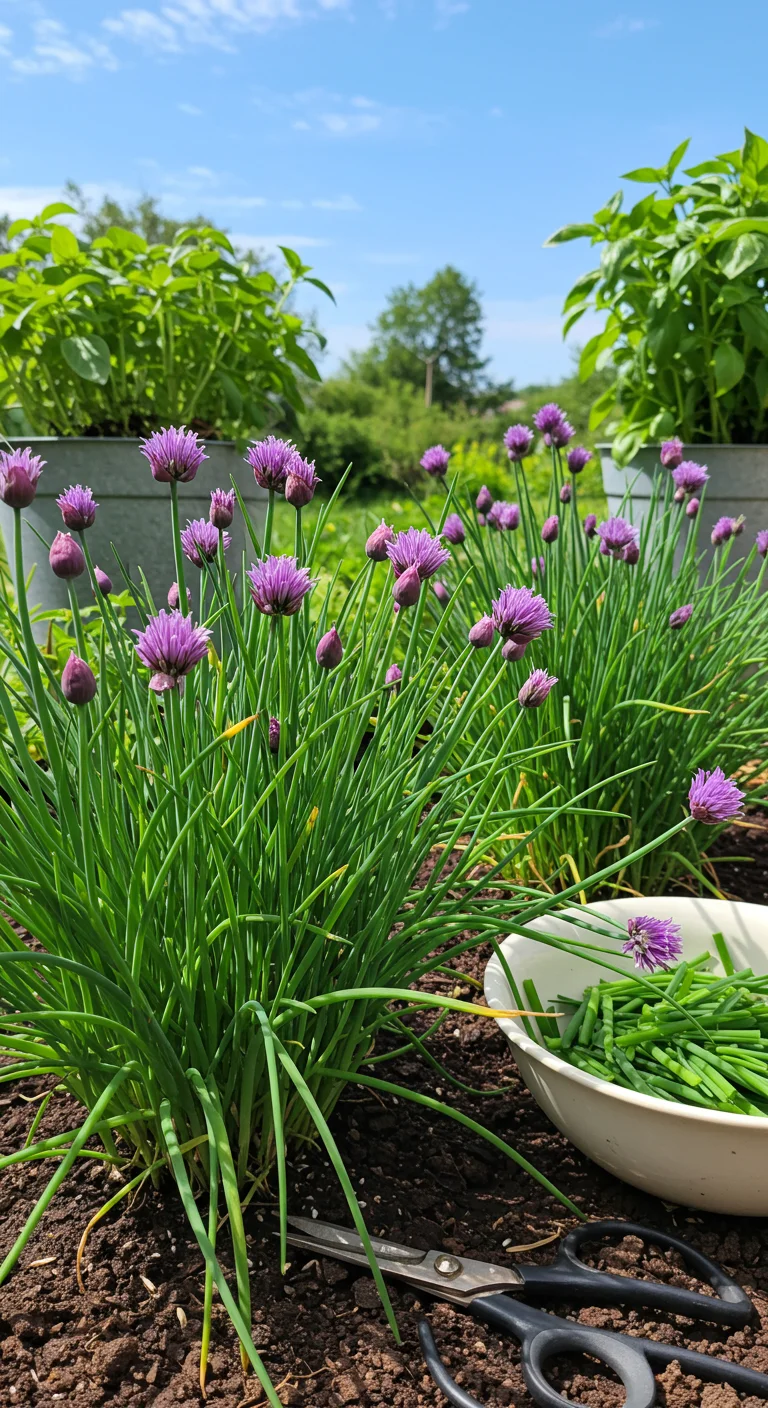
Chives are a fantastic addition to any garden, celebrated for their delicate onion flavor and vibrant green appearance. These perennial herbs are remarkably easy to grow, thriving in well-drained soil and full sun to partial shade, making them perfect for both garden beds and containers. By simply snipping the green tops, you can enjoy a continuous harvest throughout the growing season. Regular trimming encourages new growth, ensuring a never-ending supply of this versatile allium. Chives can be used fresh in salads, soups, or as a garnish, adding a mild onion flavor without overpowering dishes. For the best flavor, harvest just before the flowers bloom, and don’t forget that the beautiful purple blossoms are also edible and make a stunning addition to salads or as a decoration on plates.
17. Fennel: The Unique Bulb That Regrows with Abandon
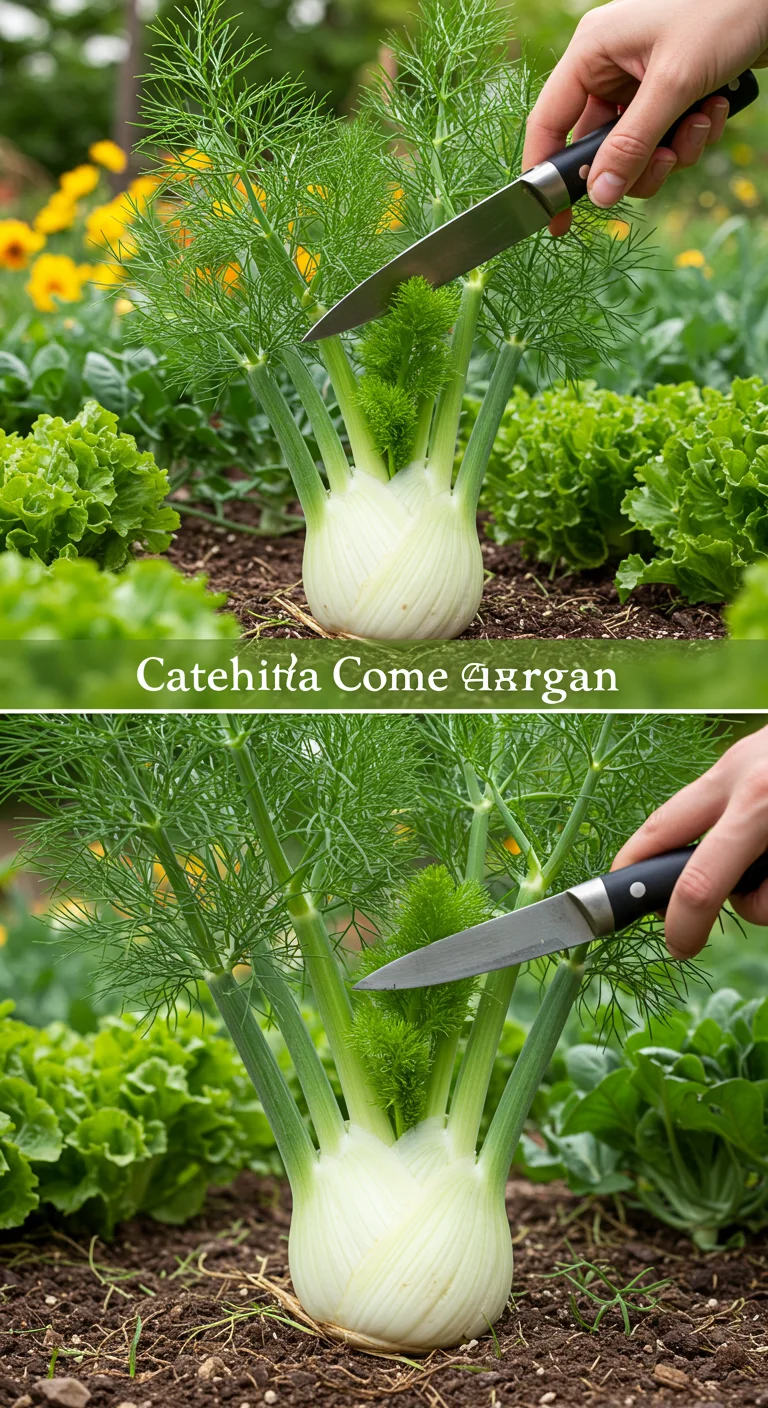
Fennel is a remarkable bulbous vegetable that not only enhances your culinary creations with its unique anise flavor but also offers an endless supply of food when grown correctly. This hardy plant can regrow from the base of the bulb after harvesting, making it a perfect candidate for the ‘cut and come again’ gardening method. To cultivate fennel, simply cut the bulb above the roots, leaving at least an inch intact. Keep the soil moist and provide full sunlight for optimal growth. In a short time, you will see new shoots emerging, allowing you to enjoy fresh fennel fronds and bulbs repeatedly throughout the growing season. Its versatility in salads, soups, and roasted dishes makes it an invaluable addition to your garden and kitchen.
18. Ginger: The Spicy Root That Continues to Produce
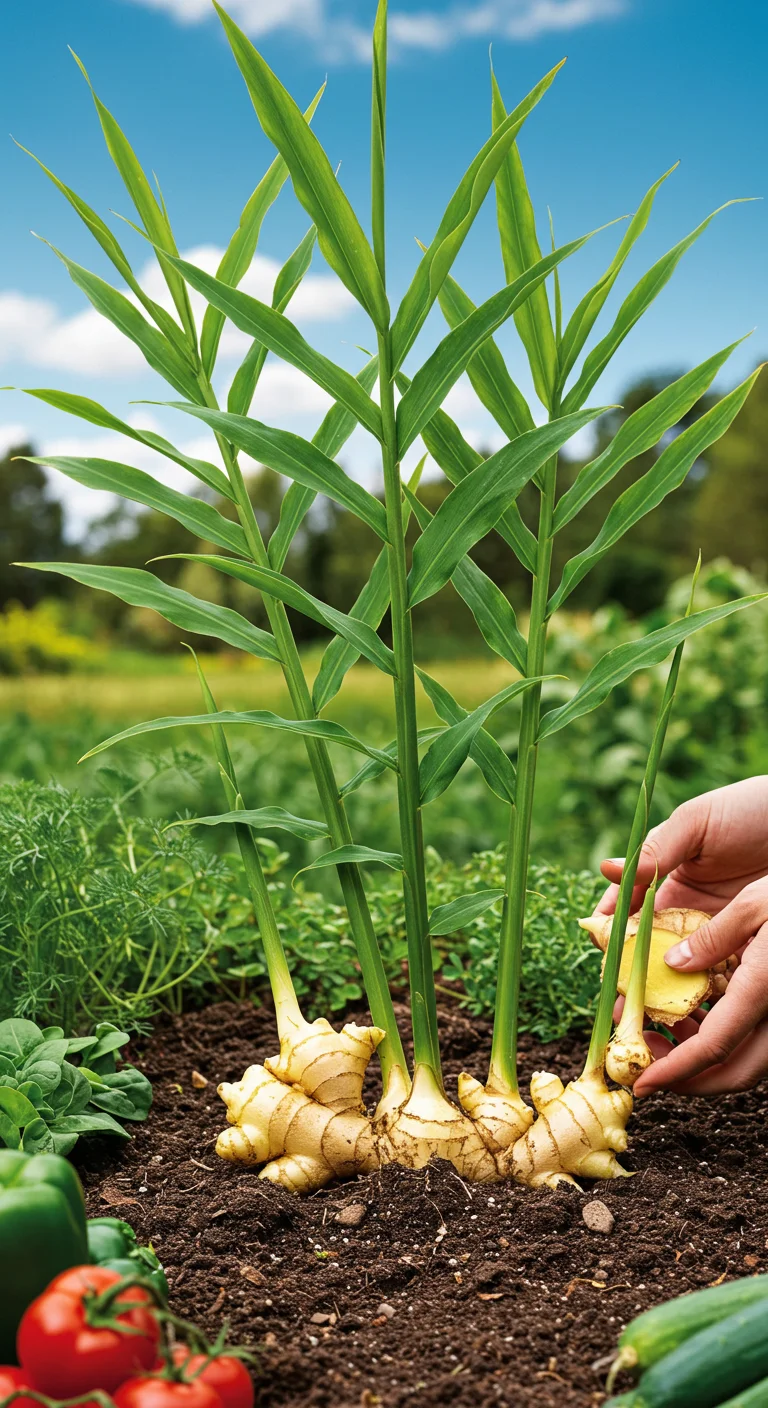
Ginger, the spicy root that adds zest to many dishes, is not only a culinary favorite but also a resilient plant that can provide you with continuous harvests. To grow ginger, start by planting a piece of rhizome with at least one eye in well-draining soil and keep it in a warm, humid environment. As the ginger grows, you can harvest small sections by carefully digging around the root and cutting off what you need, allowing the rest to continue growing. This cut-and-come-again approach means you can enjoy fresh ginger in your cooking without the need to replant every time. With proper care, your ginger plant can thrive for several years, providing you with a steady supply of this flavorful root, enhancing both your meals and your health with its numerous benefits.
19. Sweet Potatoes: A Starchy Delight with Endless Potential
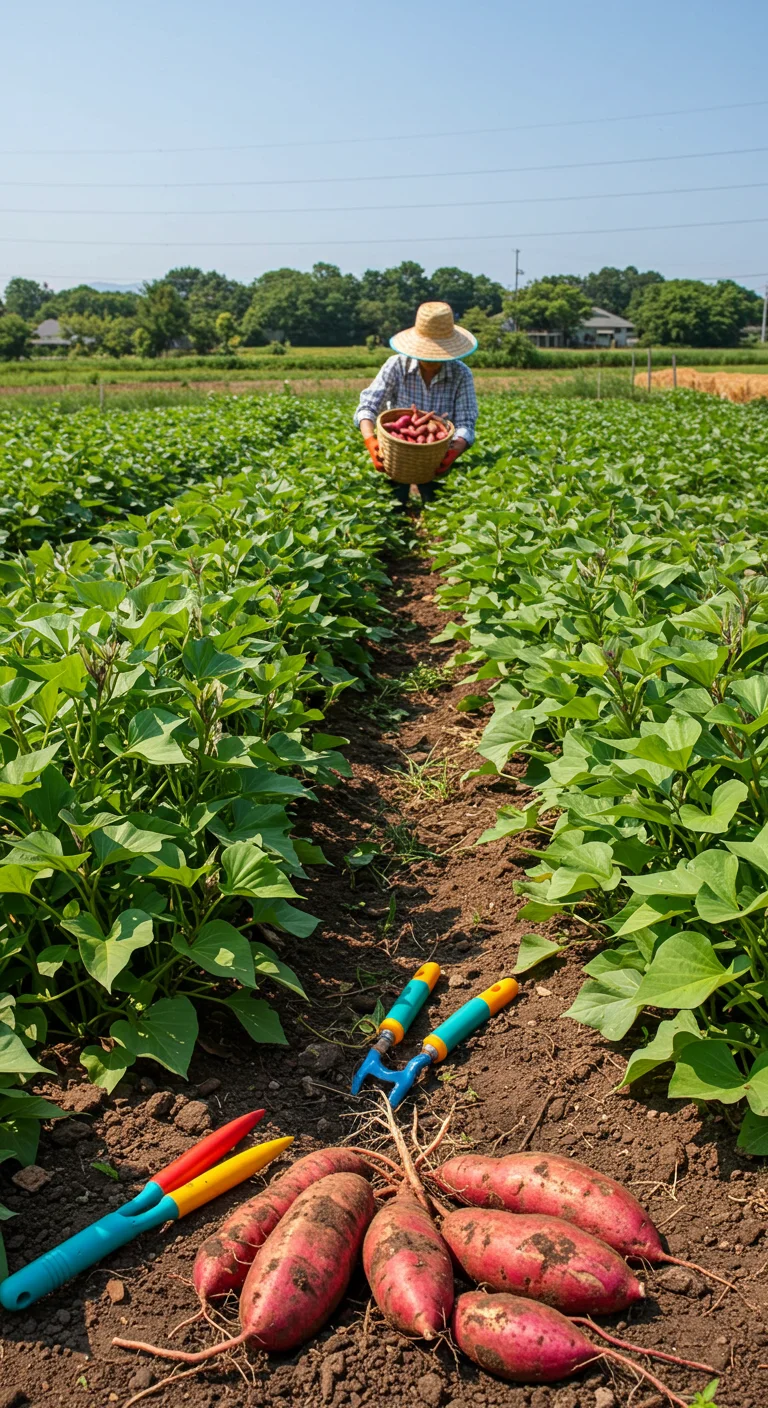
Sweet potatoes are not only delicious but also incredibly versatile, making them a fantastic addition to any garden. These starchy tubers can thrive in various soil types and require minimal care, growing well in warm climates. You can enjoy a continuous harvest by planting slips—young shoots from sweet potatoes—every few weeks. Sweet potatoes can be used in a multitude of dishes, from savory casseroles to sweet desserts, and their nutritional benefits, including high fiber and vitamin A content, make them a healthy choice. Plus, they can be harvested throughout the growing season; simply dig up what you need while allowing the remainder to continue growing for a more extended supply. With their adaptability and delicious flavor, sweet potatoes truly represent an endless food resource in your garden.
20. Horseradish: The Fiery Root That Keeps on Giving
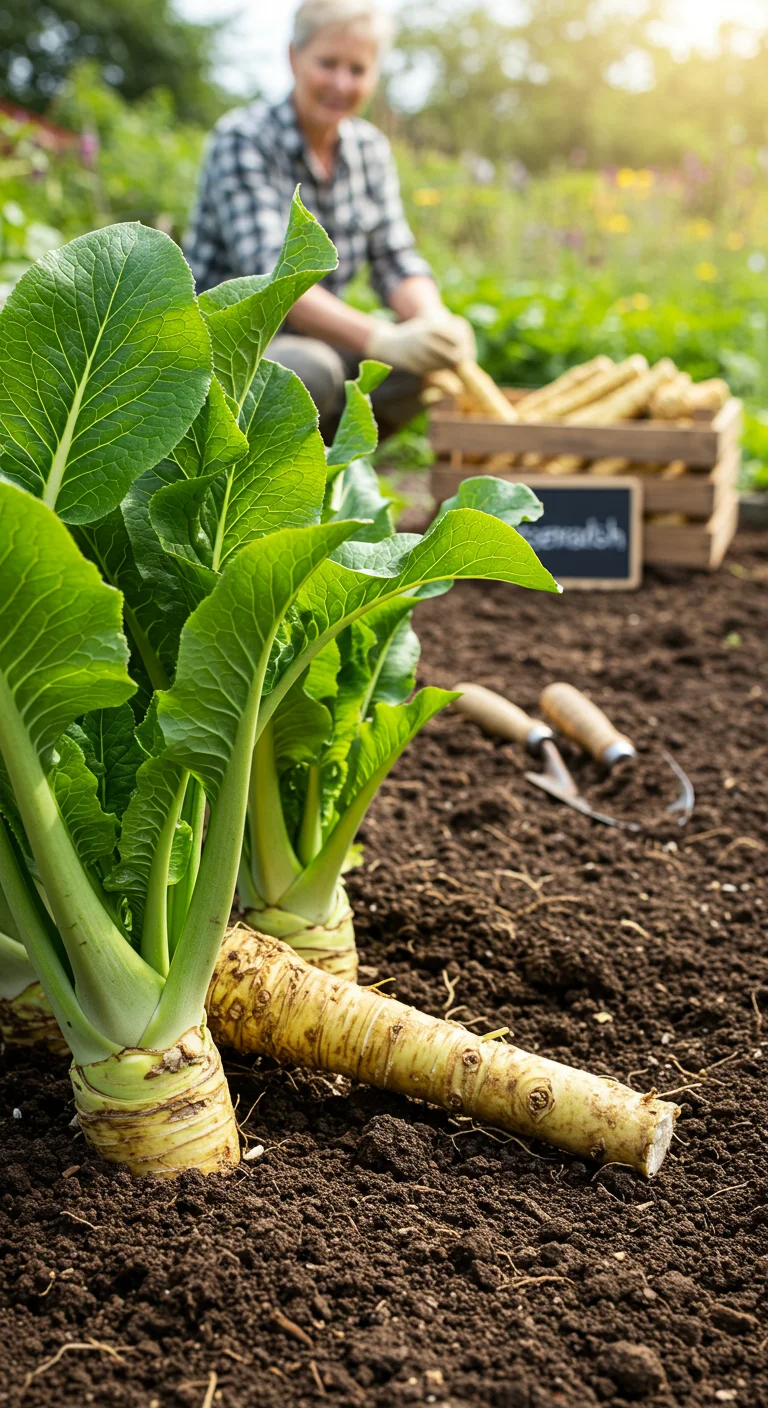
Horseradish is a perennial root vegetable known for its pungent flavor and health benefits, making it a fantastic addition to your garden. Once planted, horseradish can be harvested year after year, as the roots continuously grow back after cutting. To enjoy this fiery root, simply cut a portion of the root, leaving at least one-third in the ground for regeneration. Ideal for cooler climates, horseradish thrives in well-drained soil and requires minimal maintenance, making it perfect for both beginners and seasoned gardeners. Harvesting is best done in the fall or spring when the roots are most potent. Beyond culinary uses, horseradish is also rich in vitamins and minerals, adding not just flavor but nutritional value to your meals, making it a versatile and rewarding crop for an endless supply of free food.




